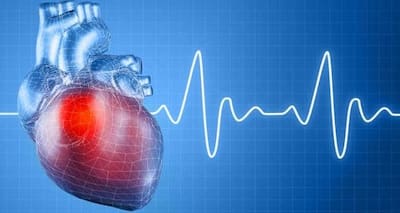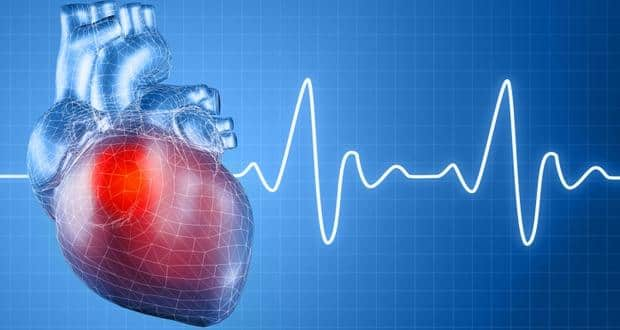Don’t Miss Out on the Latest Updates.
Subscribe to Our Newsletter Today!
Can an artificial model mimic the heart?

 So far no device had been able to mimic the complex motion of specialised muscles, such as that of the human heart. But that's going to change now.
So far no device had been able to mimic the complex motion of specialised muscles, such as that of the human heart. But that's going to change now.
A team of researchers at Harvard's Wyss Institute has developed a bio-inspired actuated material that mimics the complex motion of the heart muscle and could lead to better implantable medical devices and flexible robots.
Rather than a simple pumping action, a human heart circulates blood as if it were wringing a towel. (Read: Your heart can soon be repaired by biomaterials)
Also Read
The bottom of the heart twists as it contracts in an anti-clockwise direction while the top twists clockwise.
Engineers have long sought to design robotic systems with the requisite actuation systems that can perform similar tasks, but these have fallen short.
The new low-cost, soft actuated material developed by a team of researchers at Wyss Institute for Biologically Inspired Engineering and Harvard's School of Engineering and Applied Sciences (SEAS) gives renewed hope to the mission.
'Most models of the heart used today do not mimic its 3D motion,' said lead author Ellen Roche. 'They only take flow into account.'
What's missing is the essential twisting motion that the heart uses to pump blood efficiently.
'We drew our inspiration for the soft actuated material from the elegant design of the heart,' said Wyss Core Faculty member Conor Walsh.
'This approach could inspire better surgical training tools and implantable heart devices, and opens new possibilities in the emerging field of soft robotics for devices that assist other organs as well.' (Read: First artificial human heart transplant carried out in France)
The heart moves the way it does because of its bundles of striated muscle fibres, which are oriented spirally in the same direction and work together to effect motion.
To mimic those muscles fibres, the team first developed a modified pneumatic artificial muscle (PAM), made entirely from soft material -- silicone elastomer with embedded braided mesh -- and attached via tubing to an air supply.
'It means that now we have proof of concept that we can in fact mimic the heart's natural 3D motion,' Roche said.
In short, they got their model hearts to do the twist.
The findings were published in Advanced Materials.
Source: IANS
For more articles, visit our Diseases and Conditions Section. Follow us on Facebook andTwitter for all the latest updates! For daily free health tips, sign up for our newsletter. And to join discussions on health topics of your choice, visit our forum.


